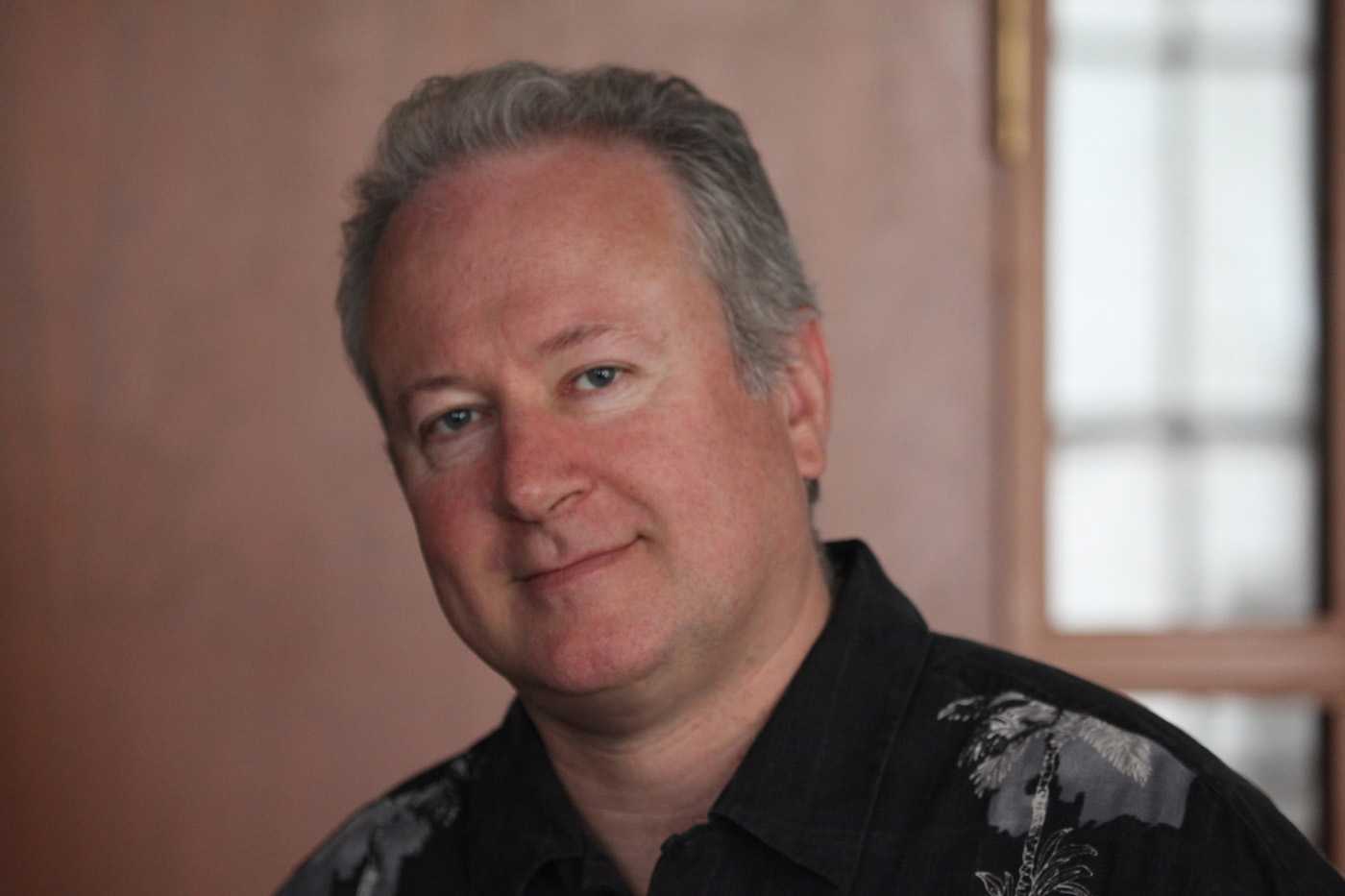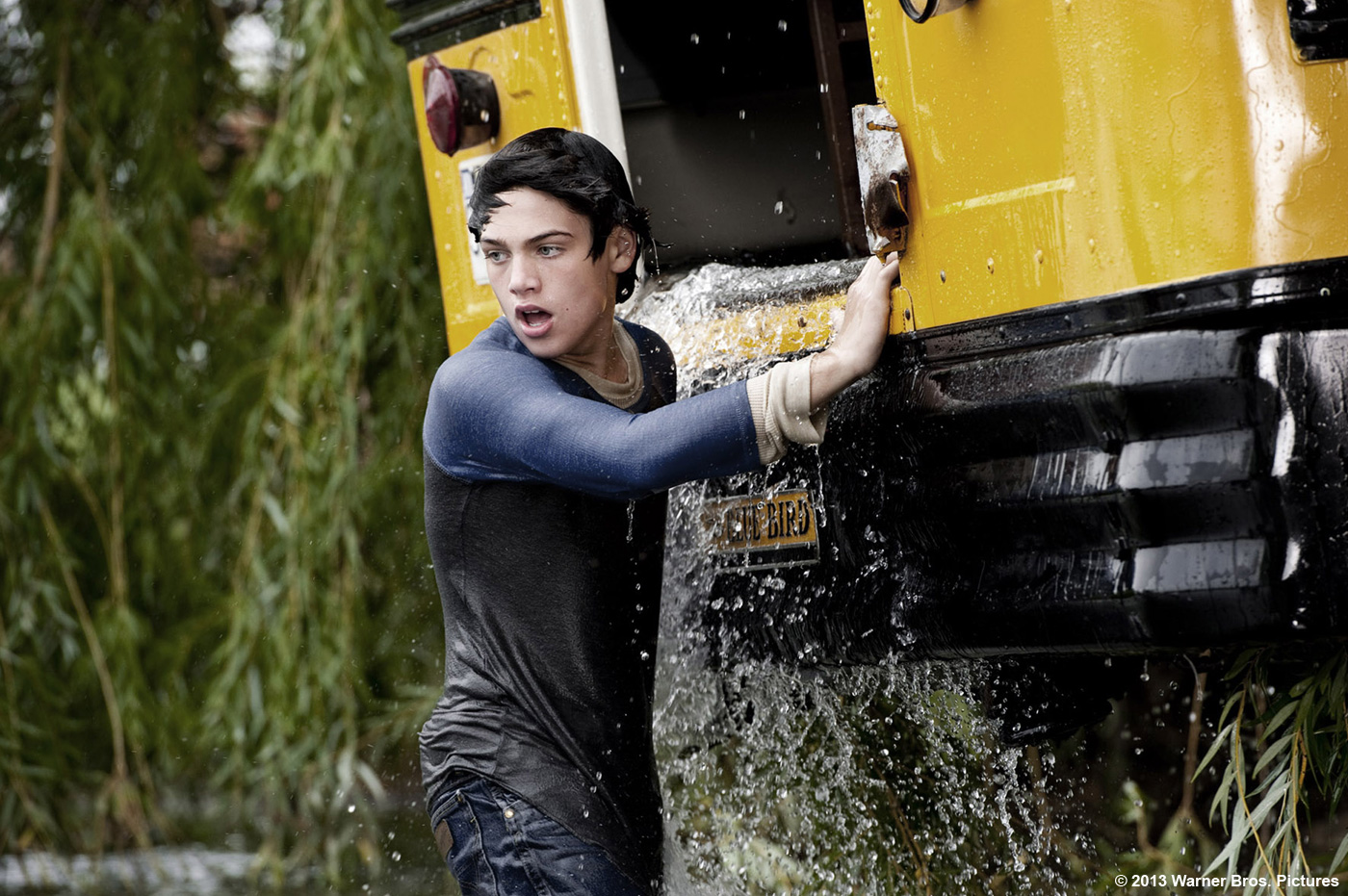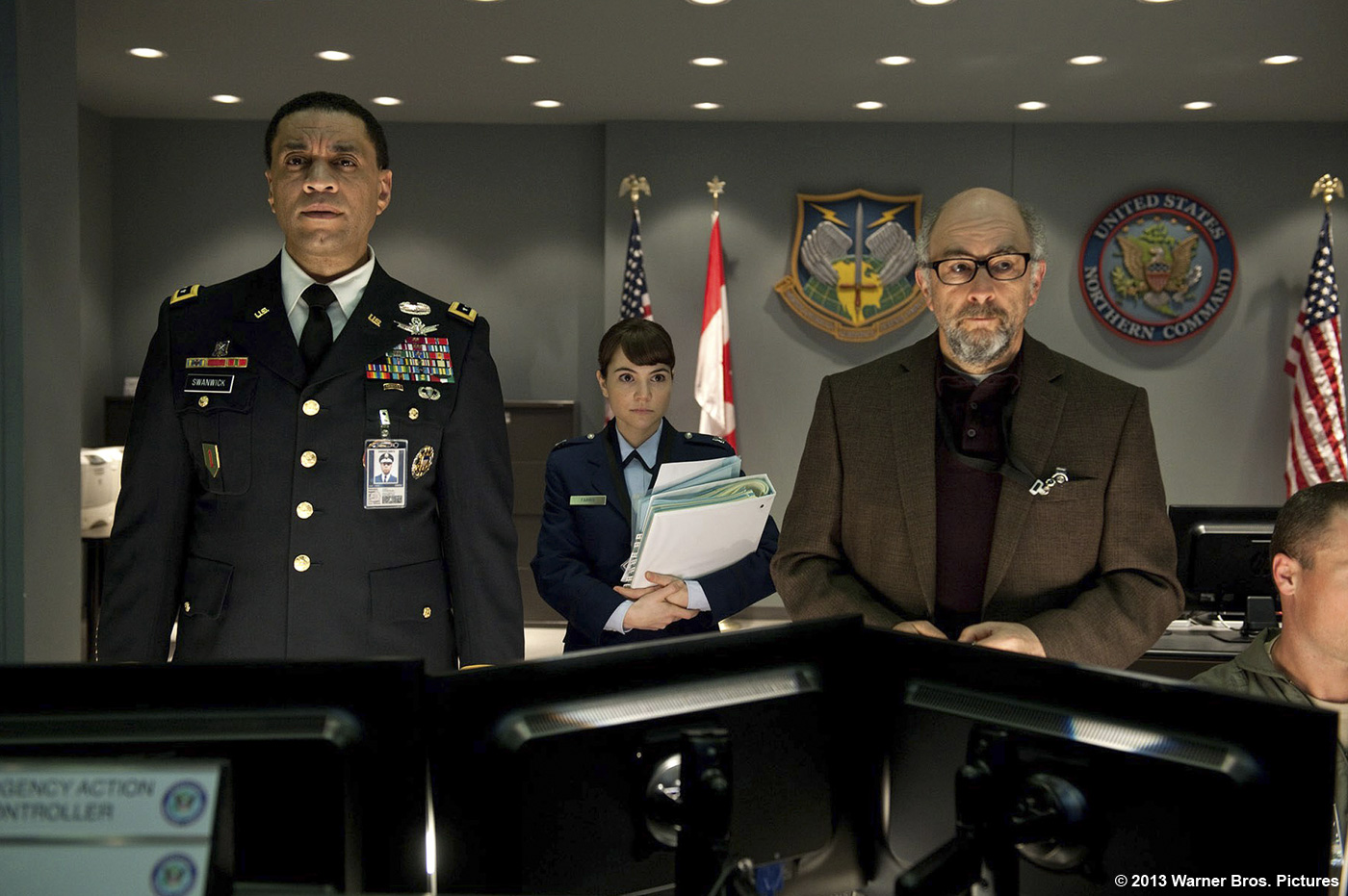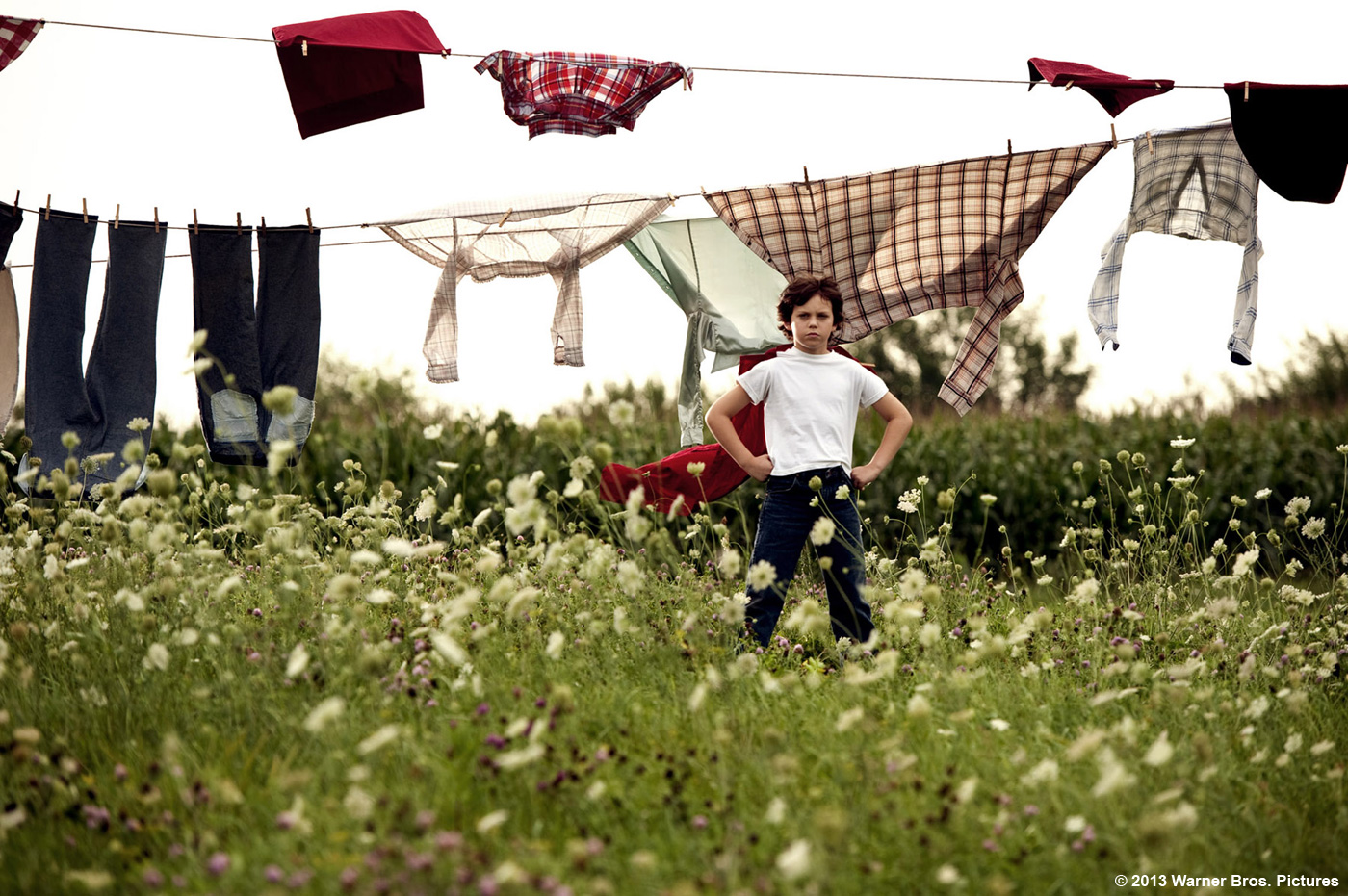 Last year, Max Ivins had told us about the work of Look Effects on LIFE OF PI. He then worked on the third season of GAME OF THRONES. He speaks to us today about his work on MAN OF STEEL.
Last year, Max Ivins had told us about the work of Look Effects on LIFE OF PI. He then worked on the third season of GAME OF THRONES. He speaks to us today about his work on MAN OF STEEL.
How did Look Effects get involved on this show?
Relationships. We worked with visual effects producer Josh Jaggars on FAST FIVE. Also, when I was at VIFX a looong time ago, Josh and D.J. (vfx supervisor D.J. Des Jardin) worked there. So when the bus sequence came up, Josh thought of us. This business is all about relationships and working with people you know you can depend on. Past experience and working with someone gives you assurance that the job will get done – and on time. Knowing someone and how they work is goes a long way.
How was the collaboration with director Zack Snyder?
We didn’t work directly with the director; we worked with DJ Des Jardins, the visual effects supervisor on the show.
How was the collaboration with Production VFX Supervisor John “DJ” Desjardins?
Initially we did a video conference where we went through all the shots and DJ described what he was looking for. After that we would have separate sessions. Some things were very straightforward, some things not so much and they needed a little pre-vis. We would send them things. They would get back to us. That back-and-forth was what allowed us to do what needed to be done, get notes back from DJ and get the job done. It worked out very well.
What have you done on this show?
LOOK completed approximately 45 shots in about a half-dozen sequences. The work was primarily compositing, but we also did some particle effects, a CG drone and some digital environments and set extensions.
The primary work that LOOK produced was for the bus crash sequence from Clark’s youth. In this scene, Clark’s school bus is in an accident and goes over the side of a bridge into the river below. The shots included exterior and interior scenes of the sinking bus. Because real kids were seated in the bus – and they really couldn’t drown them – visual effects were used to simulate rising water around and inside the bus.
The other most extensive work we did involved many, many monitor comps in the US military command center. This involved lots of synchronization of multiple displays and matching changing lighting. Plus, there were many people in the foreground.
Clark’s school bus is falling into a river. Can you tell us more about your work on this sequence?
In the film, the bus has an accident with a car, which causes the bus to go over the side of the bridge and into the river below. The sequence included exterior shots of the bus going into the river from at least two different POVs – from the bus towards the river and vice versa. Then there were shots of the interior of the bus as it sank into the water.
We did everything from after the bus and car collide. The bus was remotely driven. To get the different POVs, there were cameras attached to the bus and in the water. The scene was shot with POV from the bridge to the bus. The bridge and the bus were shot separately at different locations. The interior was shot on a soundstage with greenscreen. So it was all pretty jumbled and complex to bring together. We, of course, did quite a bit of rig removal. And we did a lot of traditional clean-up – the cameras on the bus, the rigs on the bus, the cables dragging it from the bridge. For the POV of the bus in water we did cg replacement of vents on the top of the bus, replacement of the actual water splashes.
As preparation for the shot of the bus in the water we did a lot of research – water, vehicles crashing into water, footage from different sources such as YouTube and stock libraries. As a result, we found stock footage that worked really well, which was not our original intention. This ended up saving the production considerable time and money and it worked really well and was pretty straight-forward to do.
The interior was a much bigger challenge. Because there were real kids in the seats, they couldn’t actually sink the bus. So our solution was to digitally make the outside water appear to be two feel higher than the water inside the bus and, of course, make it believable. And, since it was a bus with windows all around, we had to do this looking out the front, back and side. We used lots of 3D bubbles. This was the most challenging and the most fun.
Can you tell us in details about the water creation?
As I said above, for the exterior shots, we were able to find some stock footage and comp it in to replace the actual water. This worked really well, looked great and saved the production a pile of money, which made them happy. Sometimes the simpler solution is the best.
What was the main challenge with the raising water?
The biggest challenge was getting the lighting right in the interior of the bus as the water “rose up the sides.” Lighting is almost always the trickiest. If it’s not right, the gag isn’t believable. So our compositors spent a lot of time finessing the lighting. And they did a great job.
Can you explain more about the particle effects you created on this show?
Our 3D artist, Beau Jenzen, developed an elegant solution to create the bubbles in Maya and, then, we comped them in Nuke and Flame. Lots of time on the Flame. But that approach gave us the flexibility to make changes quickly without having to do exhaustive 3D renders and tweaks.
We also did some snow shots that involved standard Maya particles matching to shots of practical snow. All very straight-forward.
Can you tell us more about the monitor work in the command center?
There was a lot of 3D tracking and a lot of monitors, So it made the work very exacting. We’ve done a lot of this kind of work over the years and it almost always turns out to be more complicated than the client expects. The fact that there were so many monitors meant we had to be very precise.
How did you handle the challenge of synchronization so many screens?
The sync wasn’t that much of a problem because they all had the same message on them. We just had to make that all the tracks were spot on.
Can you tell us more about the change of lighting?
We did a little interactive lighting from the monitors. It’s always challenging to alter the lighting on the plate, however, in these shots we just used the natural lighting and give it a little flicker to fit what was on the monitors. You just want it all to marry together, with an eye towards making it believable. With interactive lighting, a little goes a long way, unless you’re blowing stuff up.
What was your feeling to be part of a Superman movie?
It was awesome. It was great to work on MAN OF STEEL, one, because it was nice to work with DJ and Josh again. And it’s always nice to work on a project that everyone knows and is going to see. It’s always good to be able to say, “I worked on that” to your family and friends.
What was the biggest challenge on this project and how did you achieve it?
Our biggest challenge – and contribution to the film – was to get our work done on time to the client’s expectations without being a problem. With big shows like this where there are multiple effects houses doing the work, we frequently come on board later in the production, when everyone is scrambling to get everything done, more shots have been added and all the current shops are full up and can’t take anything more. So the supervisor is looking for a facility that understands what needs to be done and gets to it without a lot of his time and attention. LOOK does that very well. We’ve done it for a lot of big shows and we did it for this one.
Was there a shot or a sequence that prevented you from sleep?
You probably wouldn’t think it to look at them, but there’s a couple of shots from Clark’s childhood where he’s standing in the farmyard with his dog wearing a red “cape.” They simple, but iconic shoots. Production wanted a speed change on these shots, which normally isn’t a big deal. But these were different. The whole scene is back-lit, including the laundry flapping on the line behind him. His hair is blowing in the wind and backlit. There are sunset clouds moving in the background. And, the piece de resistance, in the lower left corner in the front, blurred beyond recognition is a waving dandelion fluff. These shots had so many complications we cringed when we got them, but we’re very proud of how well they came out.
What do you keep from this experience?
The primary this is what I said before: the importance – especially on these big blockbusters – taking the work in and getting it done without creating any extra hassle for the production. One of the reasons we do this so well is that we have years of experience working with the same people again and again. So we know how each other works. When you’re all on deadline and it all just needs to get done, being able to do the job without causing any extra trouble or stress can be invaluable to the client.
How long have you worked on this film?
Because we got the work in successive deliveries, not all at once, we worked on the film for approximately 10 months.
How many shots have you done?
We did approximately 45 shots overall.
What was the size of your team?
We had about a dozen artists and staff working on this on and off over the course of the project.
What is your next project?
We’ve got quite a lot going on right now. Our new German location is working on Wes Anderson’s next film, THE GRAND BUDAPEST HOTEL. New York is working on Darren Aronofsky’s NOAH and a film called GODS BEHAVING BADLY, which is just what it sounds. THE SECRET LIFE OF WALTER MITTY is keeping us busy. We’re working on GRUDGE MATCH. We’ve also been working on some pilots and a made-for-tv film for Discovery and, once hiatus is over, we’ll be back on season 9 of BONES.
A big thanks for your time.
// WANT TO KNOW MORE?
– Look Effects: Official website of Look Effects.
© Vincent Frei – The Art of VFX – 2013







